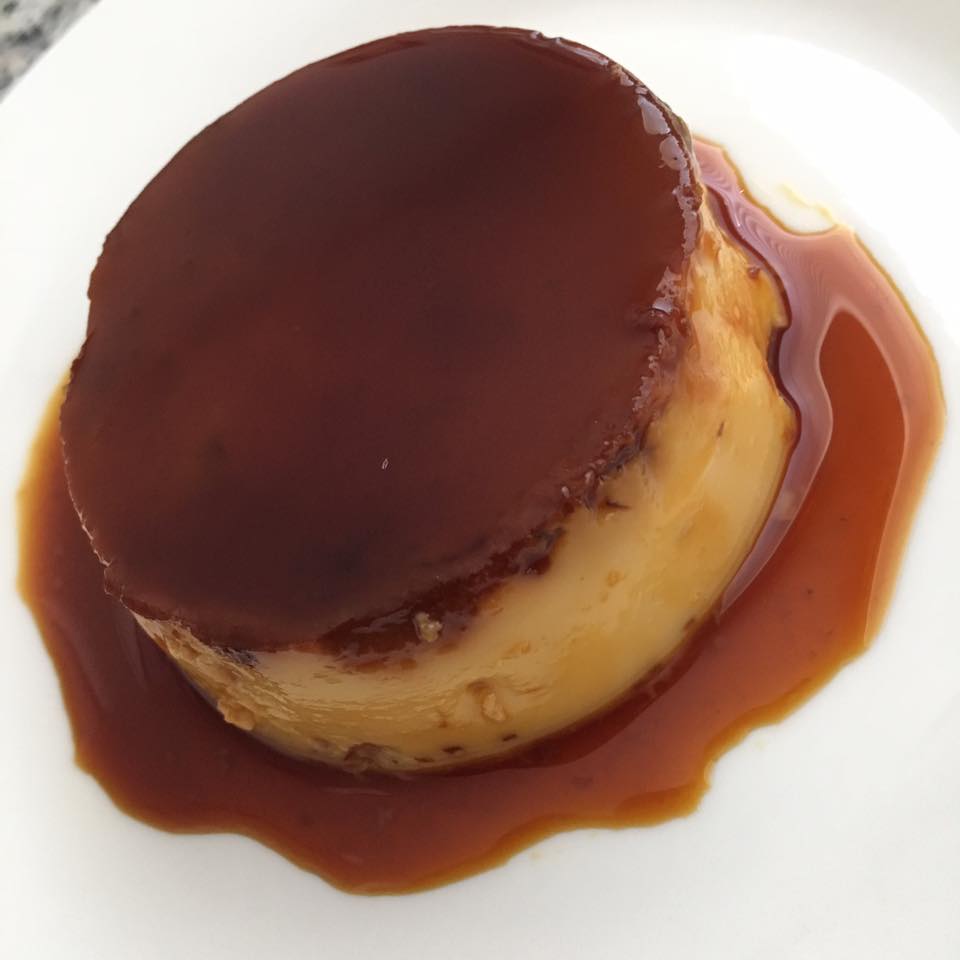
My mom had a stroke 11 years ago and as a result, she hasn’t been able to do a lot of cooking since then, especially not something as fussy as making a leche flan. Last year (Christmas 2015), my mom said she wanted to make leche flan for Christmas. She tried to talk me through the process, but they didn’t turn out as well as she wanted, which frustrated and saddened her because making leche flan was one of her specialities.
As Christmas 2016 approached, I thought about making leche flan again, especially after seeing a sous vide version on Betty Ann Besa-Qurino’s blog. However, like many people in the last couple of years, I bought an Instant Pot on Amazon and have been fascinated with the cult-like community that has emerged. One of the first things I thought of doing when I got Instant Pot was seeing if you could pressure cook a leche flan. The answer is a definite “Yes,” and it’s so easy that making flan is no longer a chore.
I used my mom’s recipe, which I’ve modified since I originally posted it, and referred to Amy and Jacky’s Creme Caramel post at Pressure Cooker Recipes to figure out the timing. I used small ramekins to make this for Christmas, but you should be able to use any pan or mold that fits in the Instant Pot to make this.
Ingredients
7 egg yolks
1 egg
2 cups evaporated milk
1 tsp. lemon extract or lemon zest
1 cup sugar
Extra 1/4 to 1/2 cup of sugar to caramelize before adding the rest of the mixture
Directions
- Place all ingredients in a bowl and gently whisk (or use a hand or stand mixer on the lowest speed) to mix the custard together. To ensure the smoothness of the custard, you should strain the mixture while before pouring it into the baking dish or mold.
- Place extra sugar in a small pan and heat it over medium heat until the sugar melts and browns.
- Pour caramelized sugar into your baking pan or mold so it coats the bottom.
- Add custard mixture to your baking pan or mold on top of the caramelized sugar.
- Cover the baking pan or mold with foil and place it into Instant Pot on top of the trivet or steaming rack. I was able to fit 4 small ramekins in my 6-quart Instant Pot.
- Add 1 cup of water to the Instant Pot.
- Cook on High for 9 minutes and let it naturally release.
- Remove from Instant Pot and let cool on the counter. You can also refrigerate the leche flan after it reaches room temperature if you’re making this ahead of time.
- When you’re ready to serve, run a knife around the edge of the pan to loosen the flan. Place a serving plate on top of the pan and invert it quickly. Be careful not to spill! When properly executed, the flan will be golden brown on top and yellowish on the bottom.


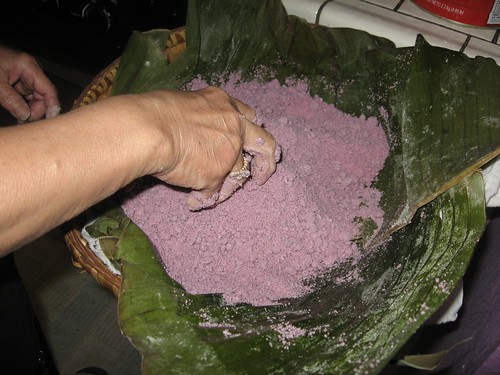
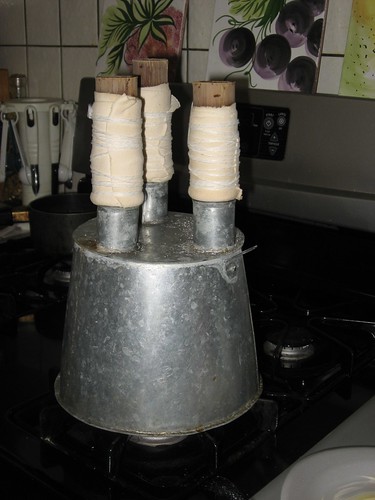
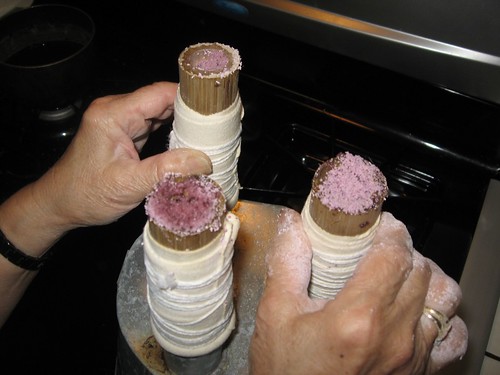
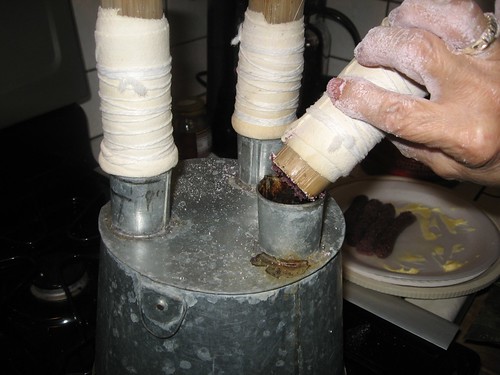


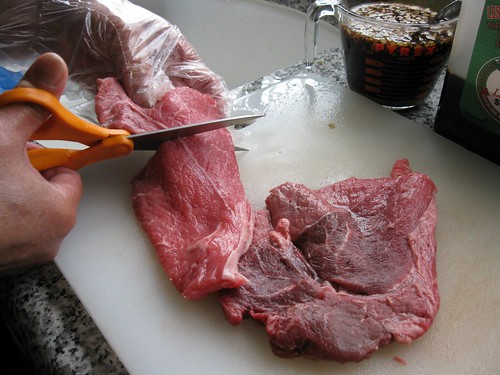
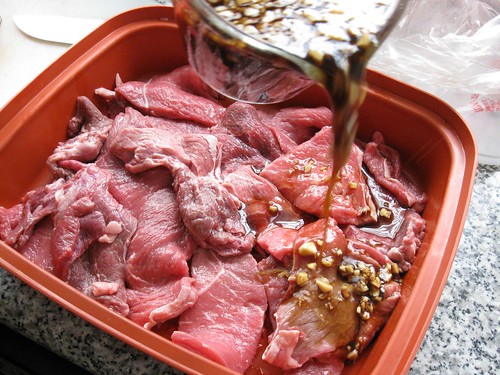
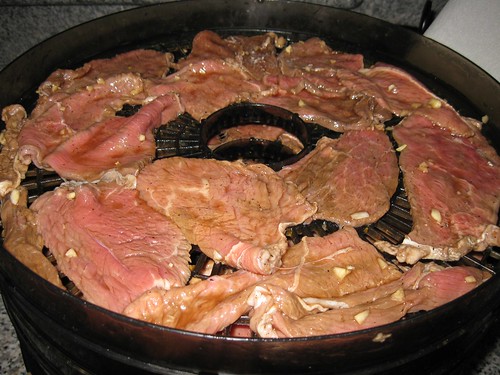
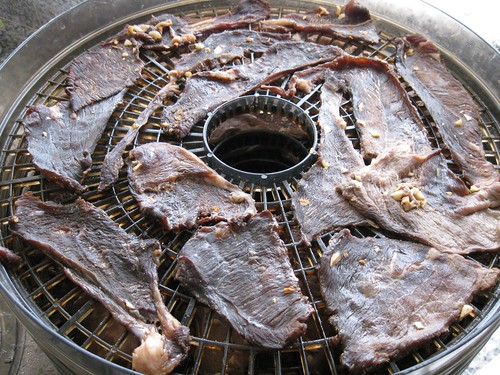 If Lisa Lisa saw this, she’d say it was “all dried out.”
If Lisa Lisa saw this, she’d say it was “all dried out.”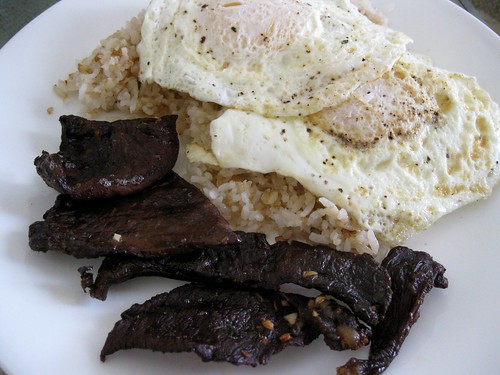 Tapsilog with Dad’s Homemade Tapa.
Tapsilog with Dad’s Homemade Tapa.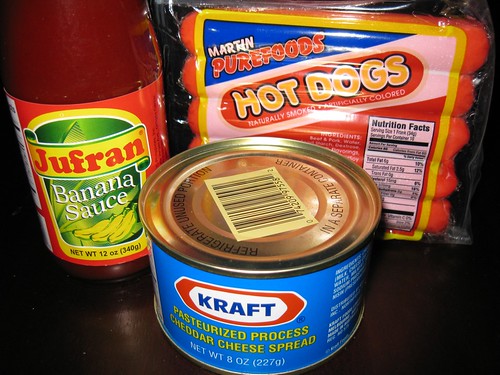
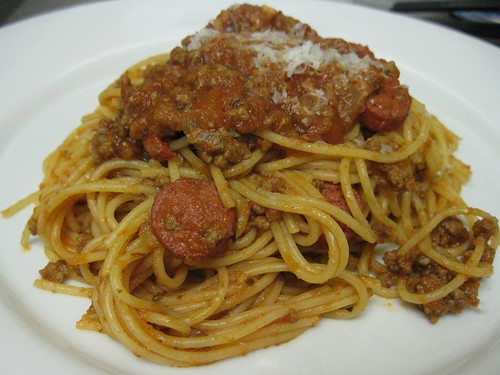

 As the No Reservations – Philippines episode gets set to air, Bourdain’s latest blog post boldly declares that the Philippines is No. 1 in his so-called “Hierarchy of Pork,” ahead of Bali and Puerto Rico.
As the No Reservations – Philippines episode gets set to air, Bourdain’s latest blog post boldly declares that the Philippines is No. 1 in his so-called “Hierarchy of Pork,” ahead of Bali and Puerto Rico. 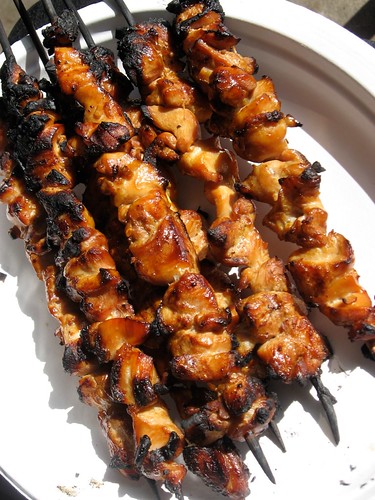 Chicken Skewers
Chicken Skewers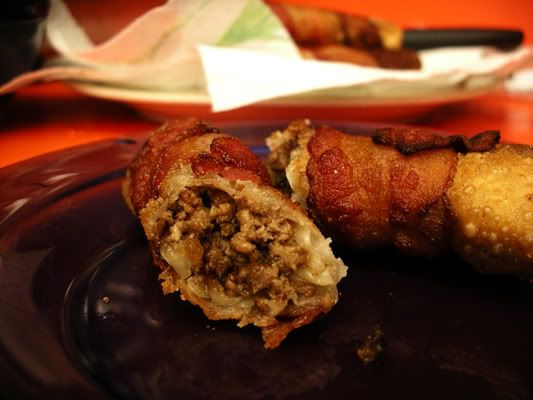
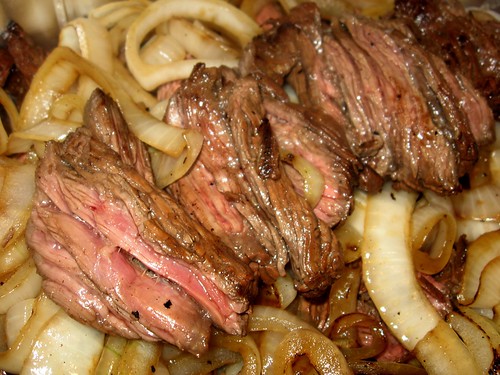
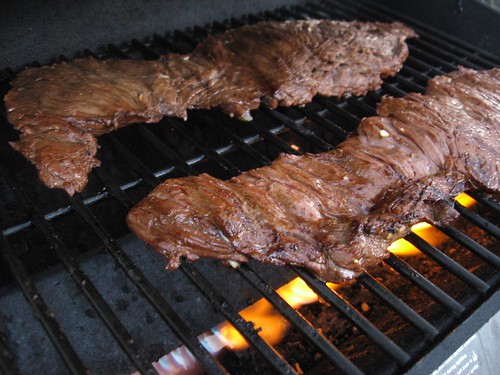 On the Grill
On the Grill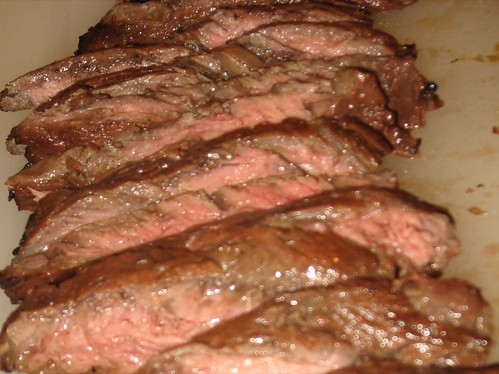 Slice against the grain.
Slice against the grain.